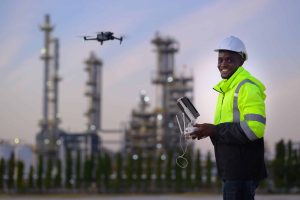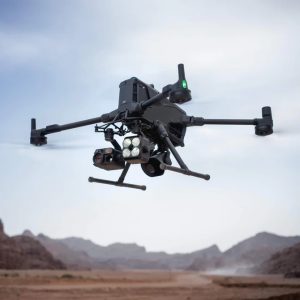Rated "Excellent" on Trustpilot
12,000+ professionals now complete surveys 80% faster
(including 47 of the UK's top 50 construction firms)
As seen in: BBC, CAA, Surveyor Journal
Old Way vs New Way
Old Way
scaffolding, rope access, shutdowns, danger
New Way
fast, safe, accurate drone inspections
Getting Started is Easy
Download the Free Guide
Get insights and recommendations tailored to your industry.
Speak to a Drone Expert
Book a 15-min call to discuss your project.
Deploy Drones with Confidence
Training, hardware, and software all in one place.
Benefits
Safety First
Keep teams out of danger
Reduced Downtime
minimise costly shutdowns
High-Quality Data
HD imagery & LiDAR scans
Multi-Industry Versatility
Oil & Gas, Power, Infrastructure
Use Cases
Questions? We've Got Answers
In most scenarios, yes. Drones can capture the same high-resolution imagery and data without sending people into hazardous areas. Rope access teams may still be required for hands-on repairs, but inspections can be completed faster, safer, and at a fraction of the cost.
Any industry that relies on regular inspections of hard-to-reach assets. This includes Oil & Gas (flare stacks, storage tanks), Energy (wind turbines, powerlines), Infrastructure (bridges, rail, highways), and Industrial Plants (chimneys, rooftops, facades).
Yes. Drones capture ultra-high-resolution imagery and LiDAR scans that meet — and often exceed — industry standards. The data can be used for reporting, compliance documentation, and even fed into digital twin models.
Very little. With modern systems and training from Coptrz, your team can be operational in weeks, not months. We provide CAA-approved training and ongoing support to ensure your inspections are safe, compliant, and efficient.
On average, organisations save 40–70% compared to traditional methods. That includes reduced scaffolding, less downtime, and fewer health & safety risks. In many cases, a single avoided shutdown pays for the drone investment.
Yes. Many inspection drones are designed for confined spaces, GPS-denied environments, and hazardous conditions. With obstacle avoidance, lighting systems, and protective cages, they can go where people can’t — safely.














